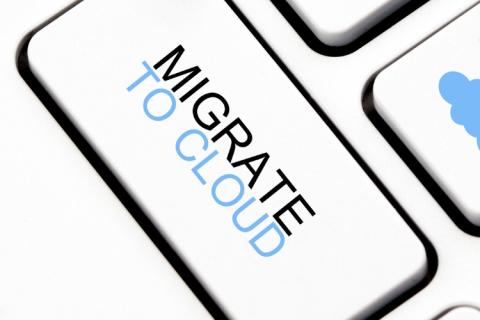How to Keep Your CCaaS Solution Secure
A Contact Center as a Service (CCaaS) solution offers your business the flexibility and scalability necessary to manage customer interactions efficiently. However, like most cloud-based systems, your CCaaS platform needs to be successfully secured to protect sensitive information and maintain regulatory compliance-all to ensure the trust of your customers. Ready to secure your CCaaS solution? Here are 7 steps you can take.











